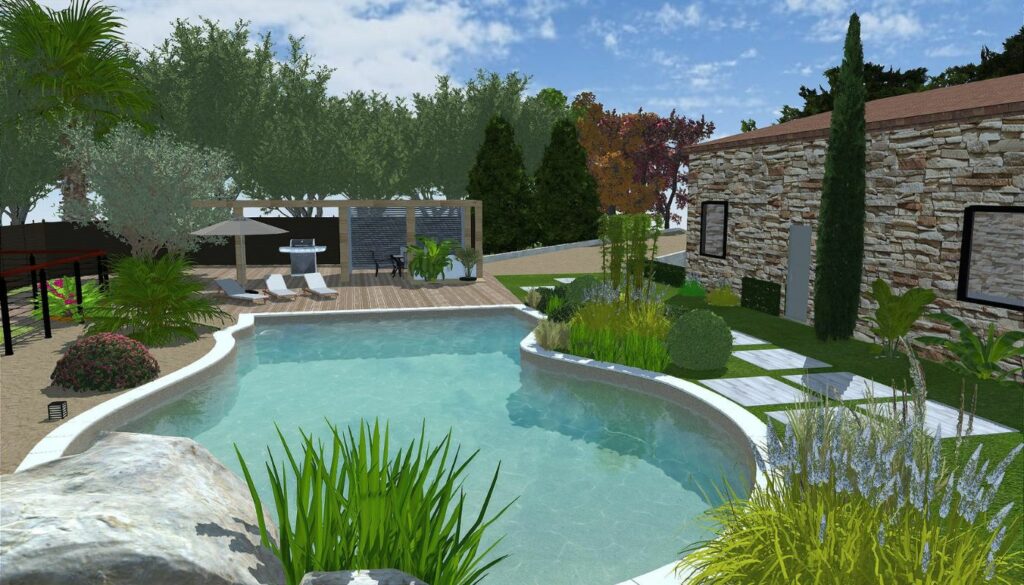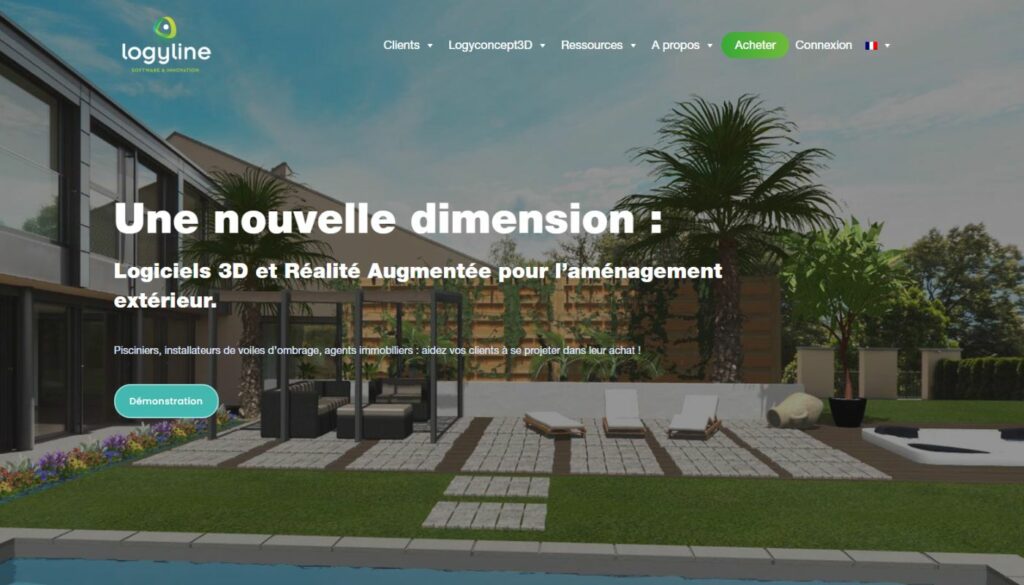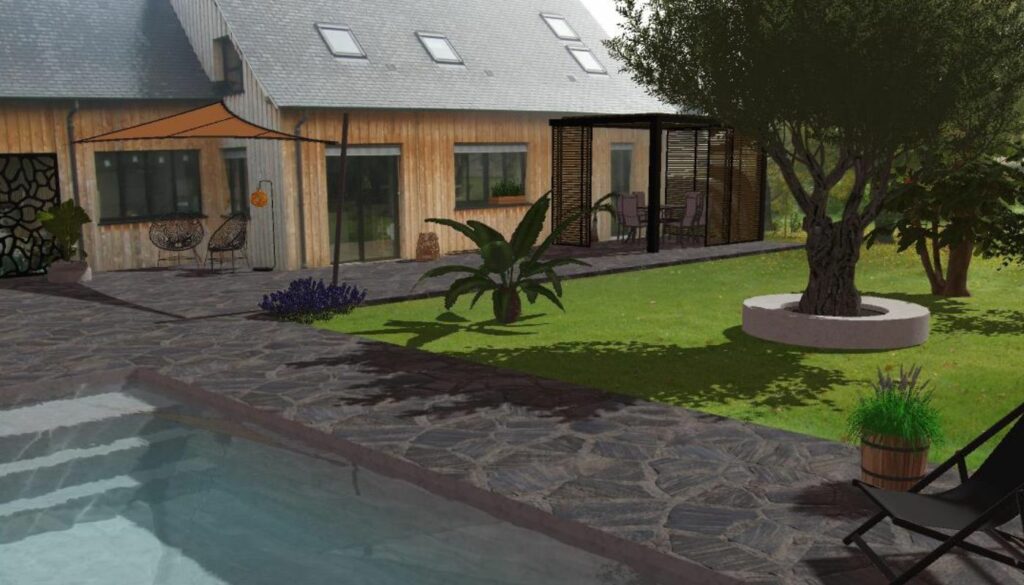3D, or three-dimensional, is now an indispensable part of our everyday lives. Whether in films, video games or architectural projects, it impresses with its realism. But did you know that this technology has its roots in centuries of experimentation and innovation? Let's take a step back in history to discover how 3D became what it is today.
The idea is born with the prospect
Long before computers and software, Renaissance artists such as Leonardo da Vinci sought to represent depth in their works. Using perspective, they gave their paintings an impression of relief and life.
However, it wasn't until the 19th century that technology came into play. In the 1830s, the stereoscope made its appearance. This ingenious device enabled us to see images in relief by combining two slightly offset photos, one for each eye. It was a first attempt to recreate the sensation of depth we associate with 3D today.
The arrival of computers
The real boom in 3D began in the 20th century with the development of computer technology. The first computers, although huge and rudimentary, were able to create simple three-dimensional shapes.
In the 1960s and 1970s, the aerospace and automotive industries adopted these tools to design their prototypes. These advances laid the foundations for computer-aided design (CAD) software, now indispensable in many sectors.
3D animation enters the scene
The turn of the 1980s saw an explosion of 3D in the art world. Pixar, a pioneer in this field, produced in 1984 The Adventures of André and Wally B.a short film that proves the potential of 3D animation.
A few years later, in 1995, Toy Story revolutionized cinema by becoming the first feature film to be entirely produced in 3D. This success paved the way for 3D as we know it today!
3D for architecture and industry
Beyond cinema, 3D is transforming sectors such as architecture and industry. Specialized software enables professionals to design buildings, vehicles and objects with impressive precision.
Companies like Logyline harness the power of 3D to reinvent outdoor design. For example, with Logyconcept3D software, professionals can visualize pergolas, pools or terraces before they are even built, convincing customers with striking renderings.
Making 3D accessible to all
In the 2010s, 3D made it possible to materialize digital objects in a matter of hours, transforming ideas into concrete prototypes. It is used in sectors as varied as medicine, aerospace and interior design.
At Logyline, for example, we're working on integrating augmented reality into our solutions to enable customers to visualize their projects directly in their real environment.
What's more, augmented reality (AR) and virtual reality (VR) make 3D even more immersive. These innovations make it possible to plunge into interactive environments or visualize projects directly in their real-life context. At Logyline, we've integrated augmented reality into our software, enabling us to project customers directly into their gardens!
From its first pencil sketches to augmented reality, 3D has come a long way. It influences the way we design, play, work and even treat.
And that's just the beginning. What's in store for the next decade?



